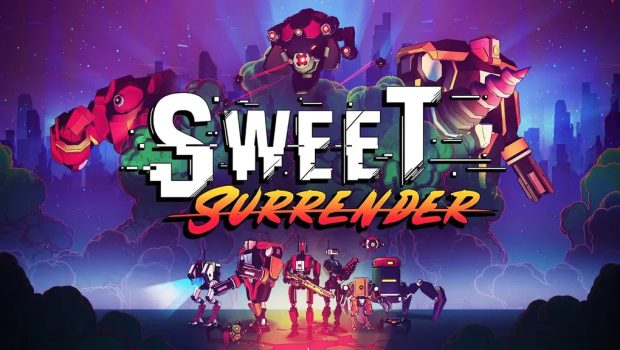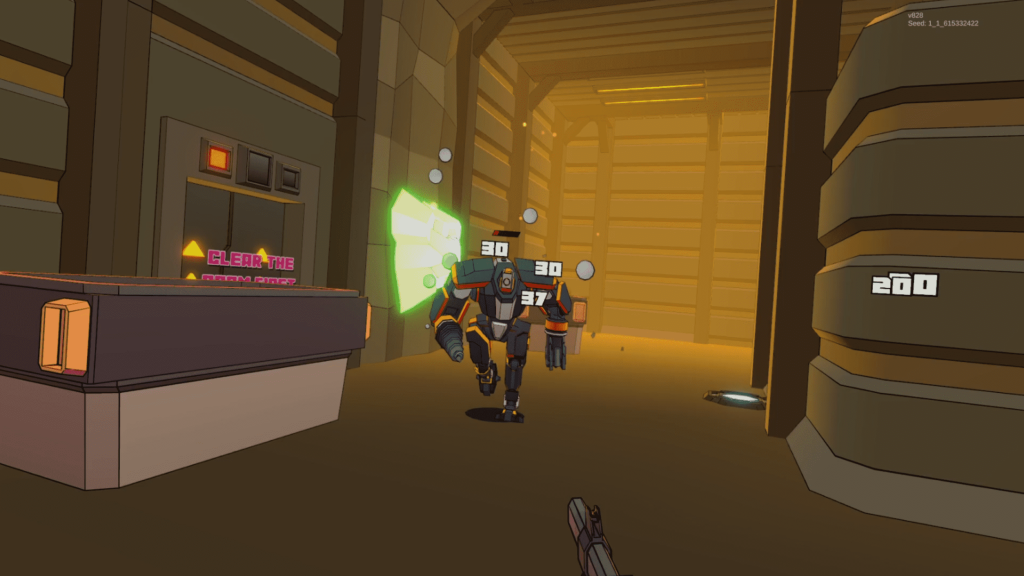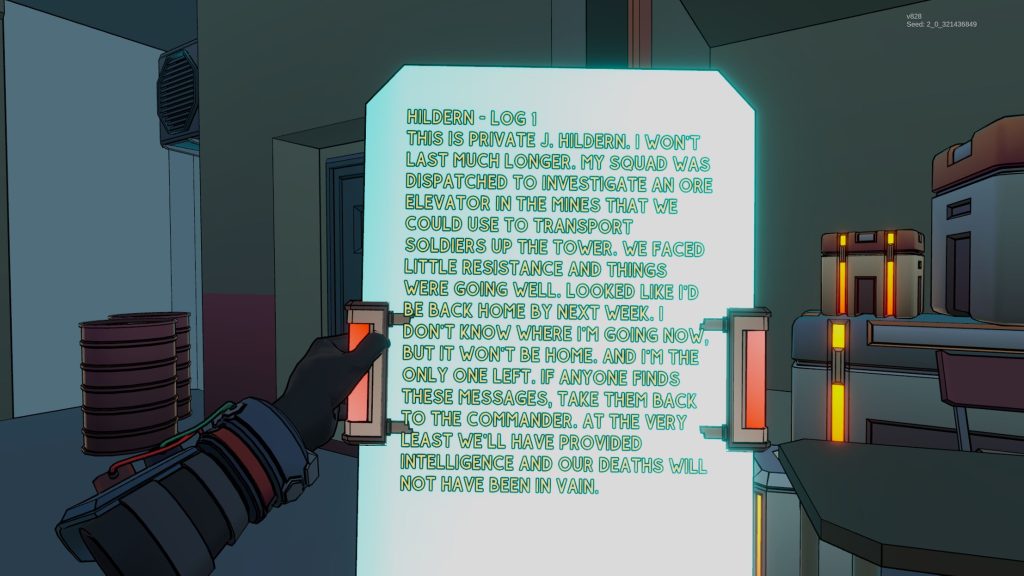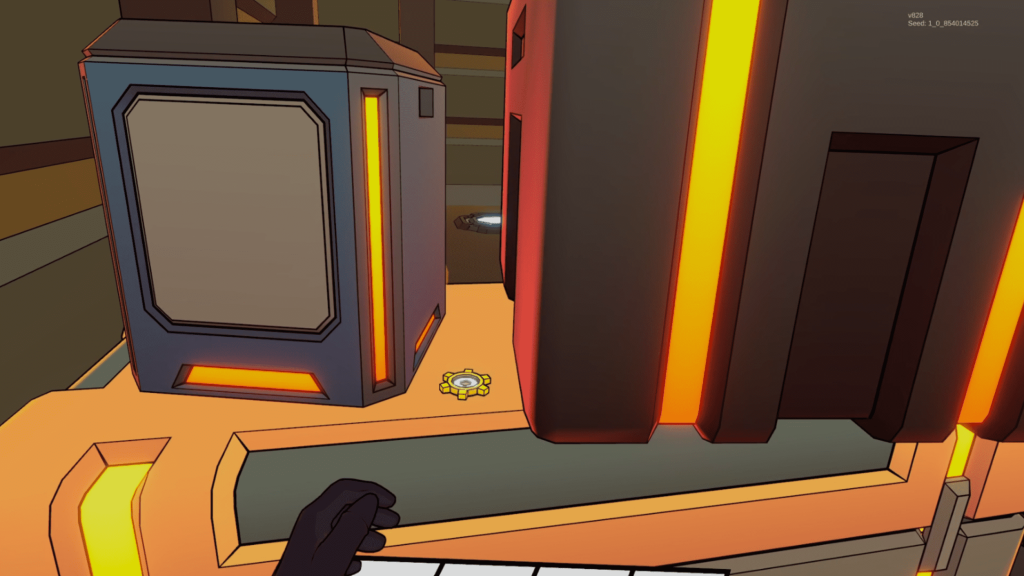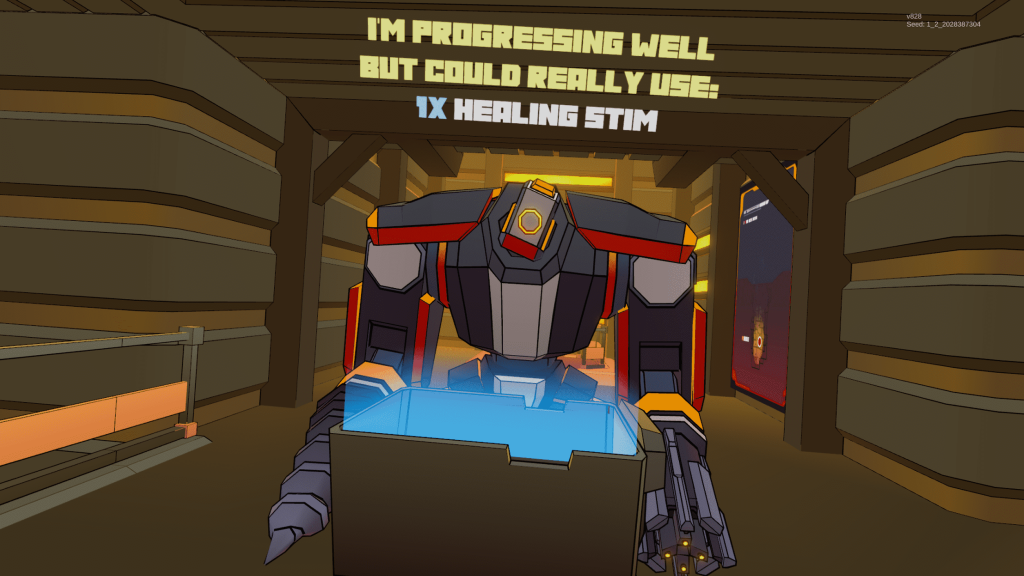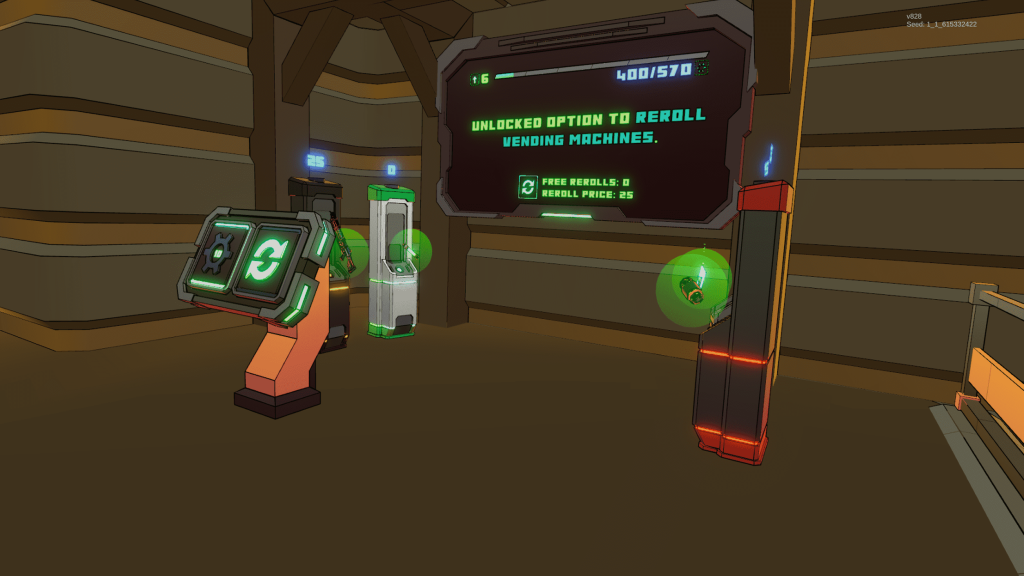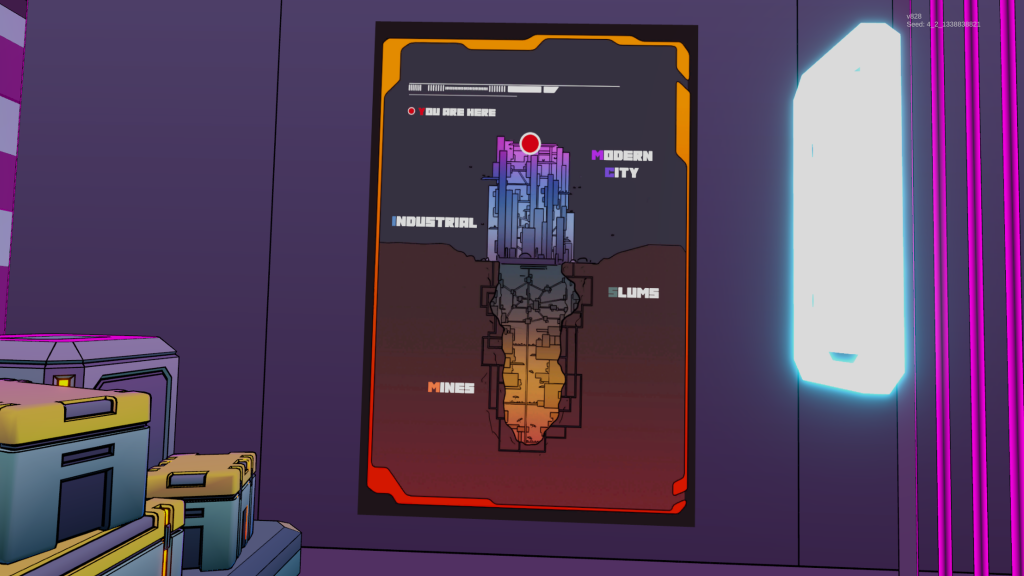Sweet Surrender Review (PSVR2)
Summary: Sweet Surrender is a VR-only roguelike shooter where you climb a machine-infested megatower using fast, snappy gunplay and randomized levels. The gameplay is fun and accessible, but shallow difficulty, repetitive rooms, and bland presentation keep it from reaching its full potential. It’s a solid but modest experience and engaging in short bursts, yet ultimately a middle-of-the-road climb.
2.6
Bot Blitz
A fast climb, a quick fight, and a shorter stay than you expect! Originally launched on Meta Quest and SteamVR back in September 2021, Sweet Surrender makes its way to PSVR2 on October 30th, 2025, bringing its VR-only roguelike shooter formula to Sony’s latest headset. Developed and published by Salmi Games, it delivers a fast, arcade-leaning climb through a dystopian megatower overrun with hostile machines. With a focus on quick battles, randomized layouts, and a constant push toward the summit, the PSVR2 version arrives as a competent, if somewhat dated, entry in the crowded VR roguelike space.
The narrative framing is minimal and intentionally pushed to the background. Story bits appear in scattered logs that reference failed soldiers and their attempts to ascend the tower, but it’s more flavor text than actual plot. Your real “starting point” is the homebase, easily one of the game’s best features, where you can test any weapon, experiment with upgrade chips, or practice against enemy types you’ve previously encountered. It’s efficient, informative, and does a better job setting the tone than the handful of story entries you’ll discover mid-run.
Moment to moment, Sweet Surrender is built for short, snappy runs. The tower is divided into four major zones, each with three levels, and the structure is simple: enter a room, sweep out the mechanical enemies, grab whatever loot or upgrade chips you find, and move on to the next chamber until you reach the elevator. You can sprint straight to the exit if you want, but engaging foes and gathering upgrades is usually the smarter and more entertaining choice, especially since the little gears that you collect also acts as the game’s currency for end-of-floor shops. Permanent progression exists in the form of class unlocks and shortcuts, but the loop remains intentionally clean and straightforward.
The procedural generation does ensure variety, though not always depth. Mines, slums, industrial corridors, and a lightly “modern city” area rotate in, but the feel of most early floors blends together. Enemies are randomized and rooms often shift in size or structure, but the game rarely asks you to think tactically. That simplicity cuts both ways. Sweet Surrender is approachable and easy to pick up, but it’s also noticeably easier than many of its peers. Once you assemble a decent set of power chips or find a strong weapon early, you can blast through rooms in seconds. Even late-game fights often evaporate before the tension has a chance to build.
Combat itself is fast, readable, and physically satisfying…at least at first. There’s a wide range of guns, explosive launchers, melee options, and grenades, all holstered at different locations on your body. The grappling gun in particular adds a nice burst of mobility, allowing you to zip across gaps or reposition above enemies. Classes also help mix things up. Trainee provides unlimited lives for newcomers, while Rebel, Medic, Grenadier, Sniper, Lunatic, and Reaper introduce new starting perks and weapons once unlocked. The flexibility is there, and the upgrade chips can create fun builds, from damage-amplifying buffs to slow-motion effects and EMP blasts.
Where combat falters is its pacing. Fights often feel like they end just as they’re getting interesting. Rooms frequently contain only a handful of enemies who go down quickly, and when you’re properly geared, many encounters are over before the music has time to swell. The game isn’t entirely trivial, it’s possible to die from unlucky environmental setups or tricky clusters, but it rarely tests your loadout in meaningful ways. Even mechanics like explosive barrels, ricochet surfaces, and environmental hazards feel underused because encounters wrap up too fast to take advantage of them.
The physical flow of VR movement is also mixed. On the positive side, comfort options are extensive, and the game never induces motion sickness thanks to its simple visuals and clear movement design. Running, turning, and grappling all work as intended. On the other hand, the pacing between traversal and combat can feel oddly slow at the beginning of a run, and throwing objects is inconsistent, sometimes landing just right, other times falling flat as if the physics didn’t fully register the gesture, which can sometimes be annoying when you want to chuck a grenade into a large body of bots.
Environments and world design are the game’s biggest sticking points. While the cell-shaded, minimalist art style has charm, the actual rooms are bare and repetitive. Most spaces are metal boxes with little detail to examine or interact with, and outside of weapon chests, upgrade chips, and gear currency, there’s rarely anything worth exploring for. Occasionally you’ll stumble on something visually striking like robotic heads on pikes in later floors, but these moments are exceptions rather than the rule. After several runs, the megatower begins to feel visually interchangeable.
Audio doesn’t do much to elevate things. Music is serviceable but generic, with dynamic tracks that ramp up during fights but sometimes fade early, leaving you unsure whether enemies remain. Sound effects are basic and functional with you hearing lots of pings, beeps, and mechanical chirps, but lacking punch. Nothing sounds bad, but nothing particularly stands out either.
Beyond the main adventure mode, Sweet Surrender includes a tutorial and a daily challenge mode with a shared seed worldwide. Daily runs are a welcome addition, offering a one-and-done twist that emphasizes competition and consistency. Still, they can’t fully compensate for the overall simplicity and repetition of the core experience.
Final Thoughts?
Sweet Surrender is a solidly functioning VR roguelike with some fun ideas, energetic combat, and a steady, approachable rhythm, but it doesn’t offer much staying power. The PSVR2 version runs smoothly and can be enjoyable in short bursts, yet the bland environments, shallow encounters, and lack of meaningful progression make the climb less rewarding than it should be. There’s entertainment to be found, especially if you’re craving more VR shooters or enjoy experimenting with different loadouts, but the experience rarely rises above “fine.” As it stands, Sweet Surrender works, but it never fully captivates. It’s respectable and occasionally exciting, but ultimately overshadowed by stronger, more polished roguelike shooters on the platform.


